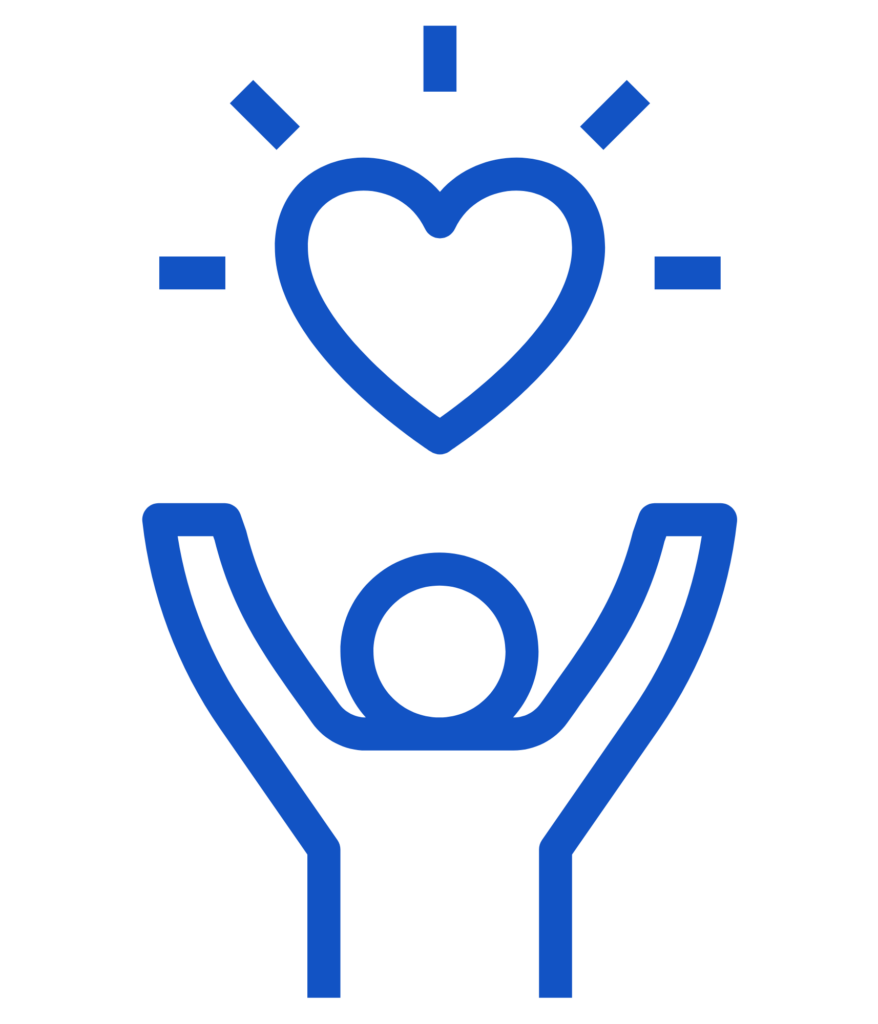Get your body working again.
Simply complete our online request form and one of our intake coordinators will contact you within one business day.
September is National Atrial Fibrillation Awareness Month AND Cholesterol Awareness Month! Let’s dig a little deeper into some of these pre-existing conditions that increase the risk of stroke.
Information found in this blog post is not a substitute for medical information or treatment from your doctor.
Cholesterol is a waxy substance either produced by your liver or found in animal produce you consume. While cholesterol is an important substance that your needs for making vitamins, hormones, and building cells, too much can become problematic. There are two types of cholesterol – LDL and HDL. LDL is the type of cholesterol that IS NOT good for your body and HDL IS good for your body. Both kinds circulate in your bloodstream (American Heart Association, 2020a).

Having high cholesterol usually indicates that your bloodstream contains too much of the LDL or “bad” cholesterol and/or not enough of the HDL or “good” cholesterol. Where cholesterol is a waxy substance, it can combine with other substances and form hard deposits on the inside of your arteries, known as atherosclerosis. Atherosclerosis causes blood vessels to narrow and become inflexible, especially those leading to the heart and brain. Narrowing of blood vessels from having high or unmanaged cholesterol can lead to heart attack, stroke, or other cardiovascular conditions as the vessels can become blocked and prevent blood flow to the heart, brain, and vital organs(American Heart Association, 2020a).
The American Heart Association (2020b) recommends that you CHECK, CHANGE, and CONTROL. It’s important to talk to your doctor about cholesterol and make sure they CHECK your cholesterol levels to get a baseline and monitor the levels. If you do have high cholesterol, it’s important to CHANGE your lifestyle and your diet to manage or improve your cholesterol levels. Lastly, it’s important to CONTROL your cholesterol with these lifestyle changes and/or medication and help from your doctor.
Exercise
Engaging in regular exercise is important for cardiovascular health AND for maintaining a healthy weight. Where obesity is a risk factor for high cholesterol, it’s important to manage your weight with a healthy diet and exercise. According to the Physical Activity Guidelines for Americans from 2021, it’s recommended that you get at least 150 to 300 minutes of moderate exercise or 75 to 150 minutes of vigorous exercise weekly. Moderate exercise refers to anything that gets your heart rate up. It is also recommended to engage in muscle strengthening (activities that make your muscles work harder) at least 2 days per week. So, try getting in a daily walk or fun activity that gets your heart rate up.
Diet
In order to lower or maintain your cholesterol levels, it’s important to eat a “heart-healthy diet.” A heart-healthy diet means managing your fat intake or reducing the amount of saturated and trans fat. The AHA recommends less than 6% of daily calories be from saturated fat and to minimize the amount of trans fat you consume. Most importantly, try to prioritize eating fruits, vegetables, whole grain, poultry, fish, nuts, and nontropical vegetable oils. Deprioritize red meat, processed meats, sodium, and sugary foods and drinks.
Lifestyle Choices
Minimizing or eliminating intake of alcohol can improve your cholesterol levels as well as smoking cessation. Additionally, maintaining a healthy weight is important for cholesterol management. Losing weight can be a challenge, so be sure to talk to your doctor for support on the healthiest and most appropriate way for you to lose weight.
Now you know!
As much as we love meeting new clients at Imago Rehab, we DON’T love that they have had a stroke. Please STAY INFORMED and learn to manage your body and your health conditions. When in doubt, ask your doctor for more information and resources for learning about and managing your health (and avoid scary internet searches).
Resources
American Heart Association. (2020a). What is cholesterol?. Heart attack and stroke symptoms. https://www.heart.org/en/health-topics/cholesterol/about-cholesterol
American Heart Association. (2020b). Prevention and treatment of high cholesterol (hyperlipidemia). Heart attack and stroke symptoms. https://www.heart.org/en/health-topics/cholesterol/prevention-and-treatment-of-high-cholesterol-hypPrevention and Treatment of High Cholesterol (Hyperlipidemia) | American Heart Associationerlipidemia
Department of Health and Human Services USA. (2021). Executive summary: Physical activity guidelines for Americans. (2nd Ed.) https://health.gov/sites/default/files/2019-10/PAG_ExecutiveSummary.pdf
Simply complete our online request form and one of our intake coordinators will contact you within one business day.